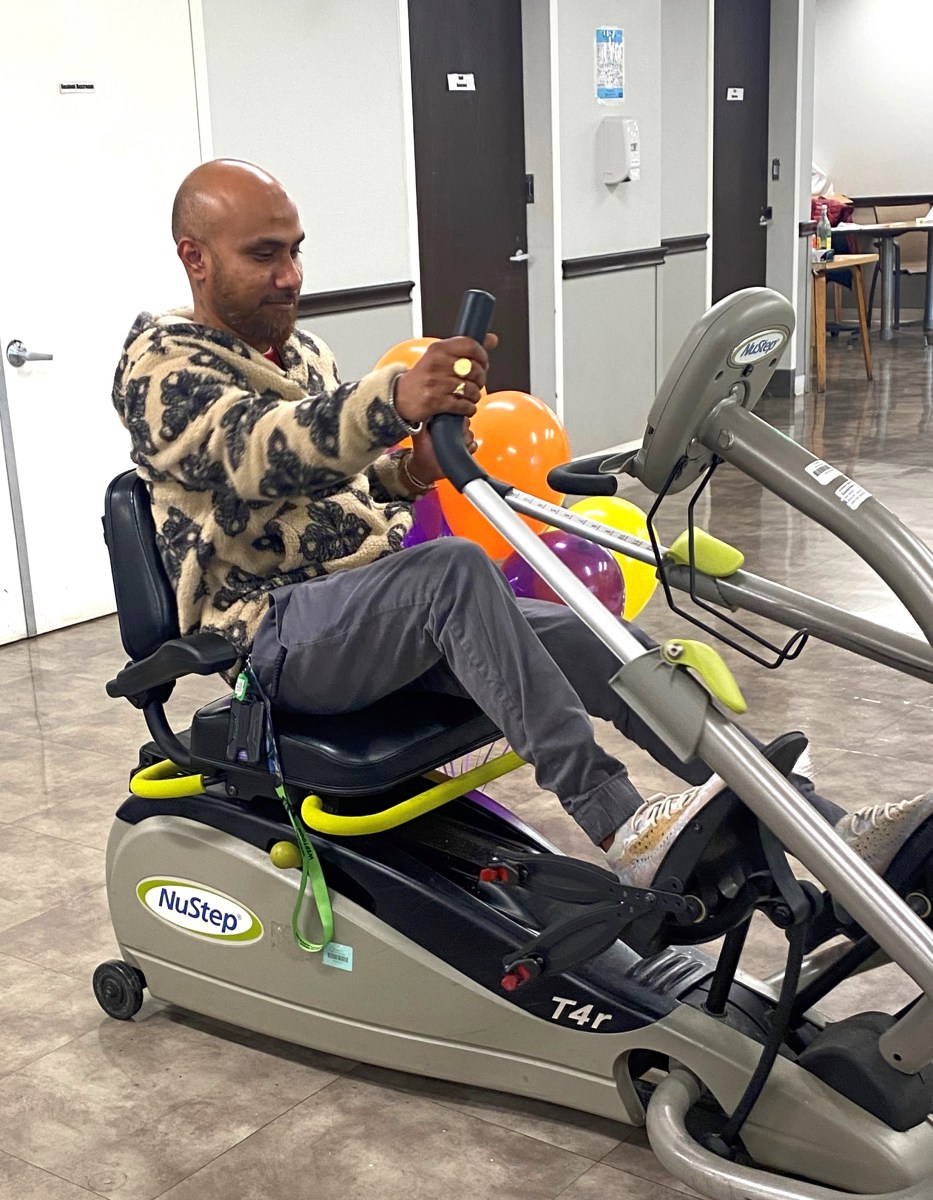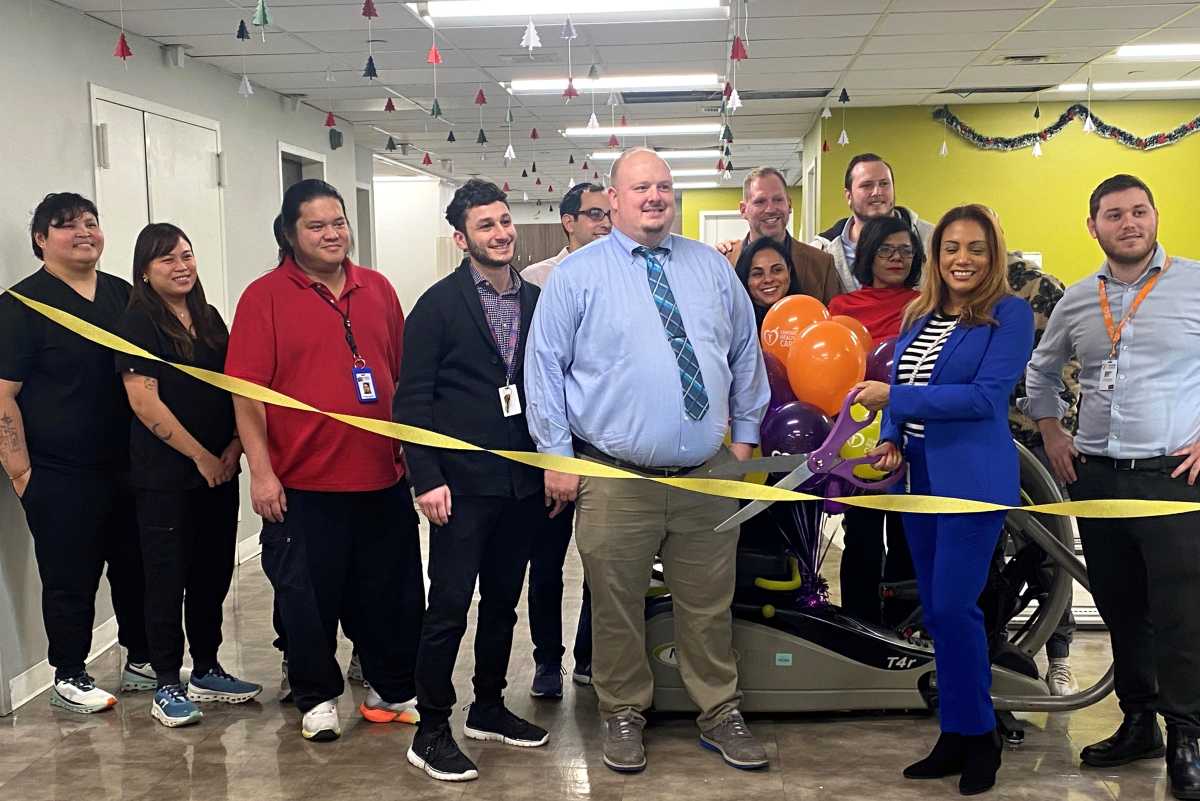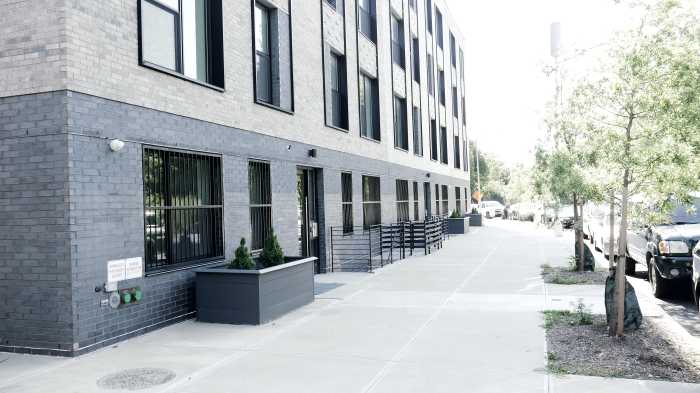Triboro Center, the large 405-bed skilled nursing facility, held a ribbon-cutting ceremony to mark the opening of a new amputee program on Tuesday, Dec. 17.
The Triboro Center, located at 1160 Teller Ave. in the Claremont section of the Bronx, assists its residents who are learning how to live their lives again, mentally and physically, as an amputee. The rehabilitation team, through their physical and occupational therapeutical efforts, have the know-how about how to work with amputees.
These residents are in the process of learning how to walk with the use of prosthetics and how to master the technology that the facility’s rehabilitation department has to offer, such as using the arms and legs strengthening technology NuStep Recumbent Cross Trainer, which can be very beneficial to residents who have limited mobility, amputees or not.

“For people who are from the Claremont section of the Bronx and throughout the rest of the borough and the City of New York, this new amputee program is easily available to them,” Triboro Center Director of Rehabilitation Geenan Cubilla said. “We focus on not only how to strengthen their lower body and arms, but helping them emotionally and mentally, as they go through this healing and often life-saving process. They are taught that life doesn’t end here if you lose a limb. It only changes, and a new pain and infection-free life begins.”
There are many reasons why people have lost their limbs, and most of these instances are life-saving due to circumstances either internal or external. In the Bronx, many skilled nursing facilities have a good number of residents living either short or long-term at these facilities recovering. They are re-learning how to walk with prosthetics, learning how to live their lives again.
It is widely known that diabetes is one of the leading causes to losing a limb in the United States, all due to the various complications from the disease that leads to LLA, which is lower limb amputation, such as a toe, foot or even full or partial leg amputation. Besides diabetes, improper blood flow, such as PAD, or peripheral arterial disease, leads to the tissue dying in the lower extremities, thus leading to amputation. Certain infections, cancer, trauma, deformities, as well as external circumstances, such as frostbite or wartime injuries, can lead to amputation. The bottom line in all cases is that amputations save lives and, if not to that extreme, people can live again pain-free.
Cubilla and his team of therapists are fully trained on how to work with amputees. Many of these residents are able to go home and continue their journey to live a much happier life as they were prior to the injury or disease.























